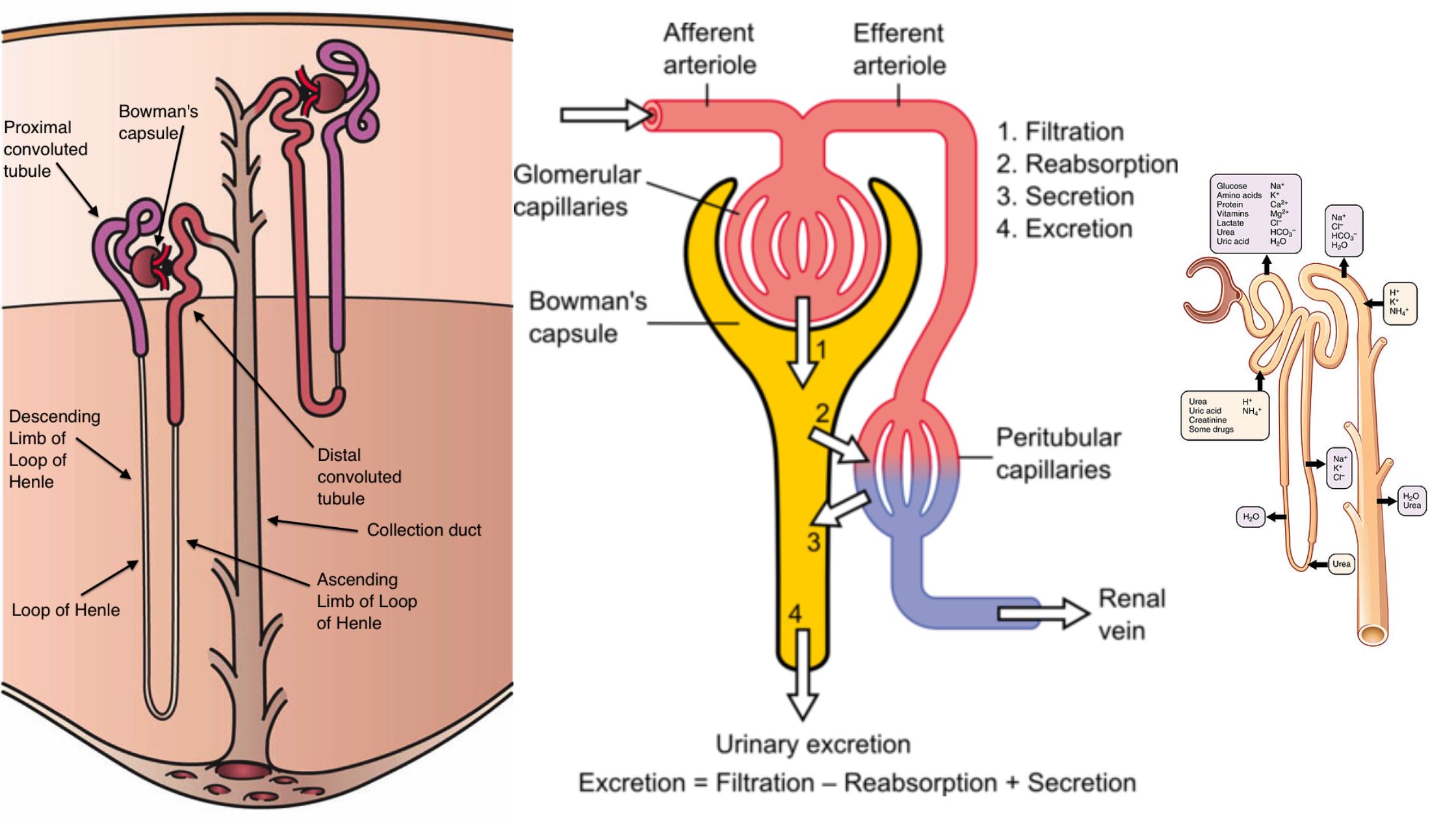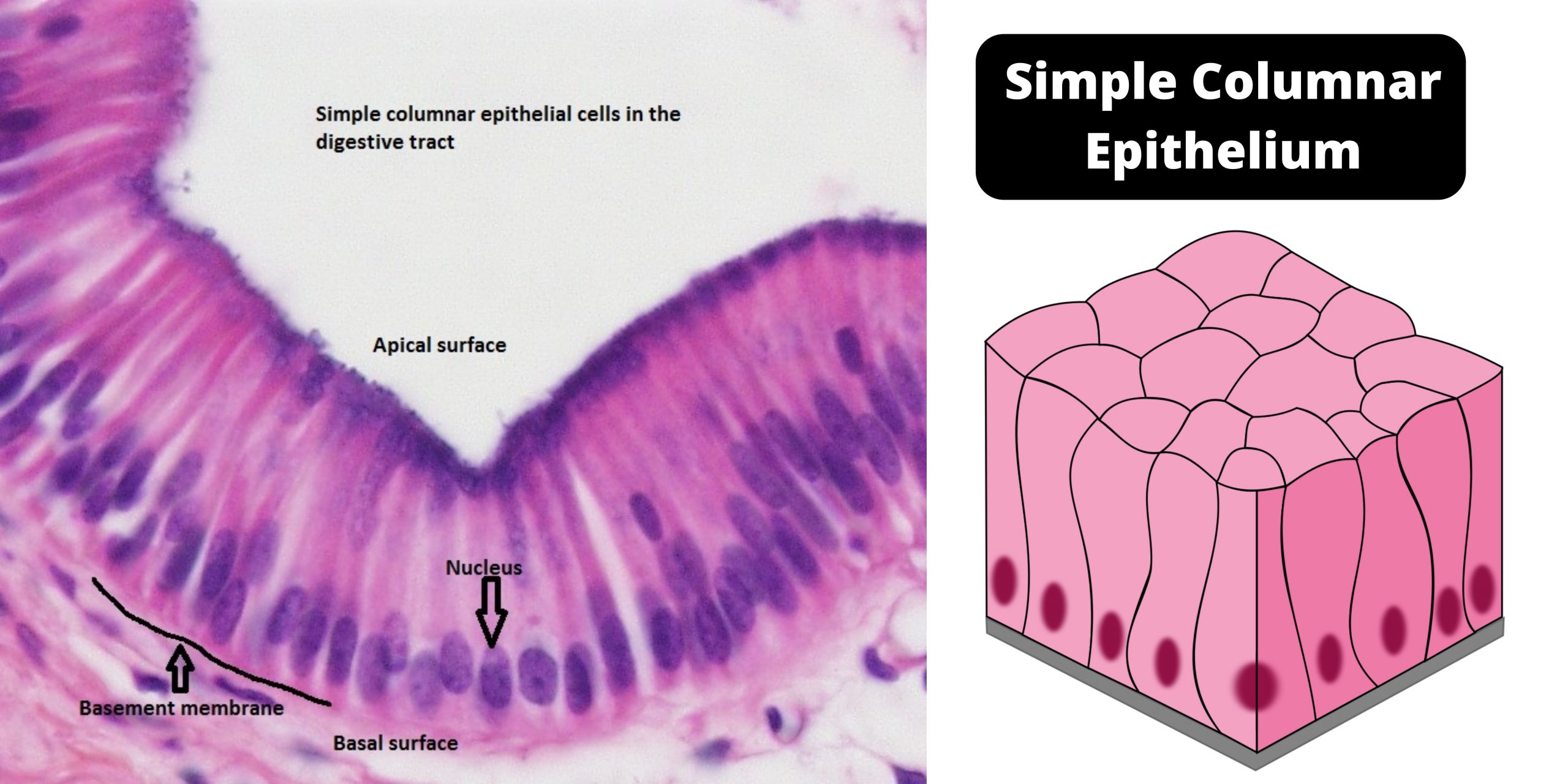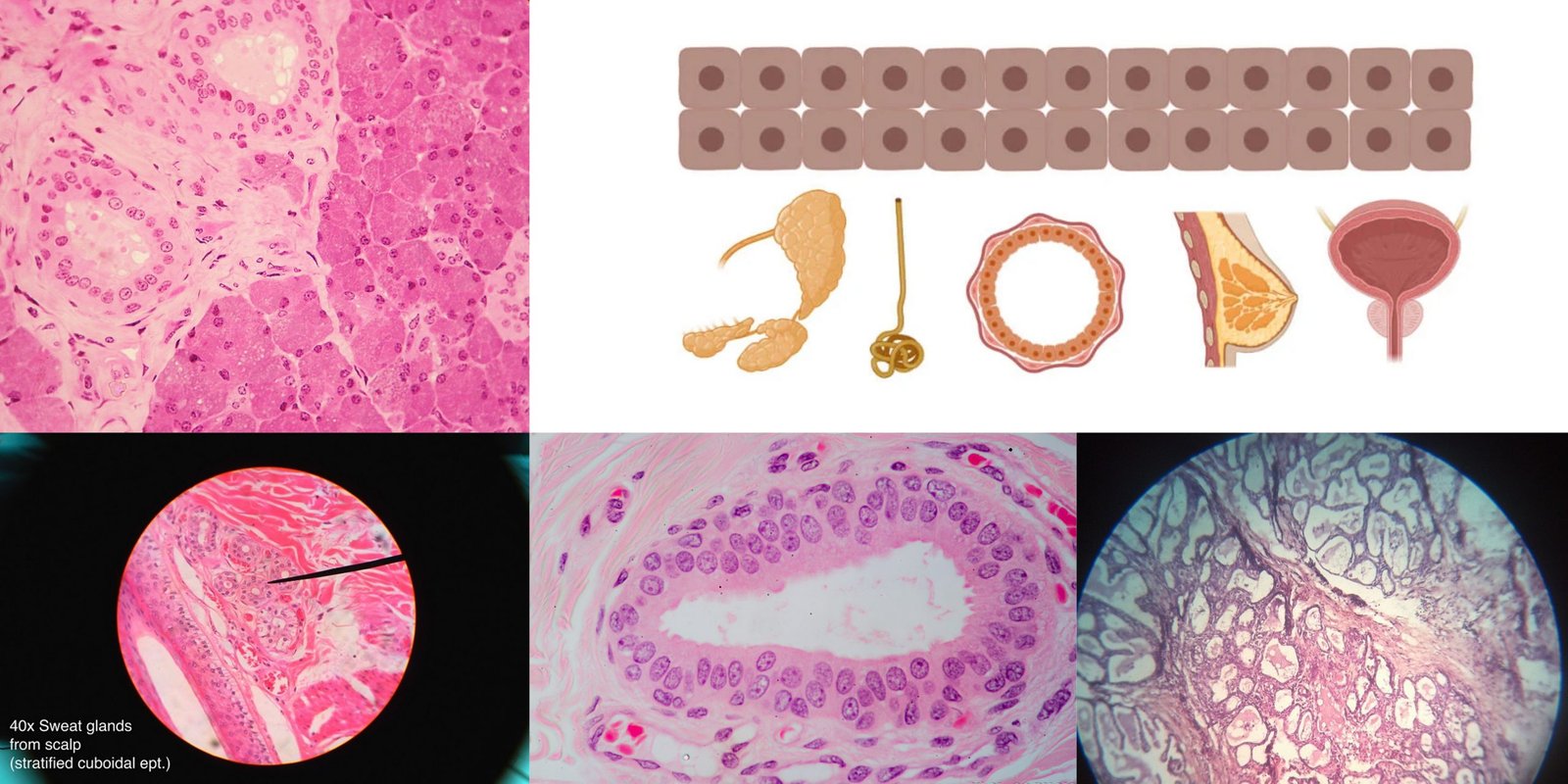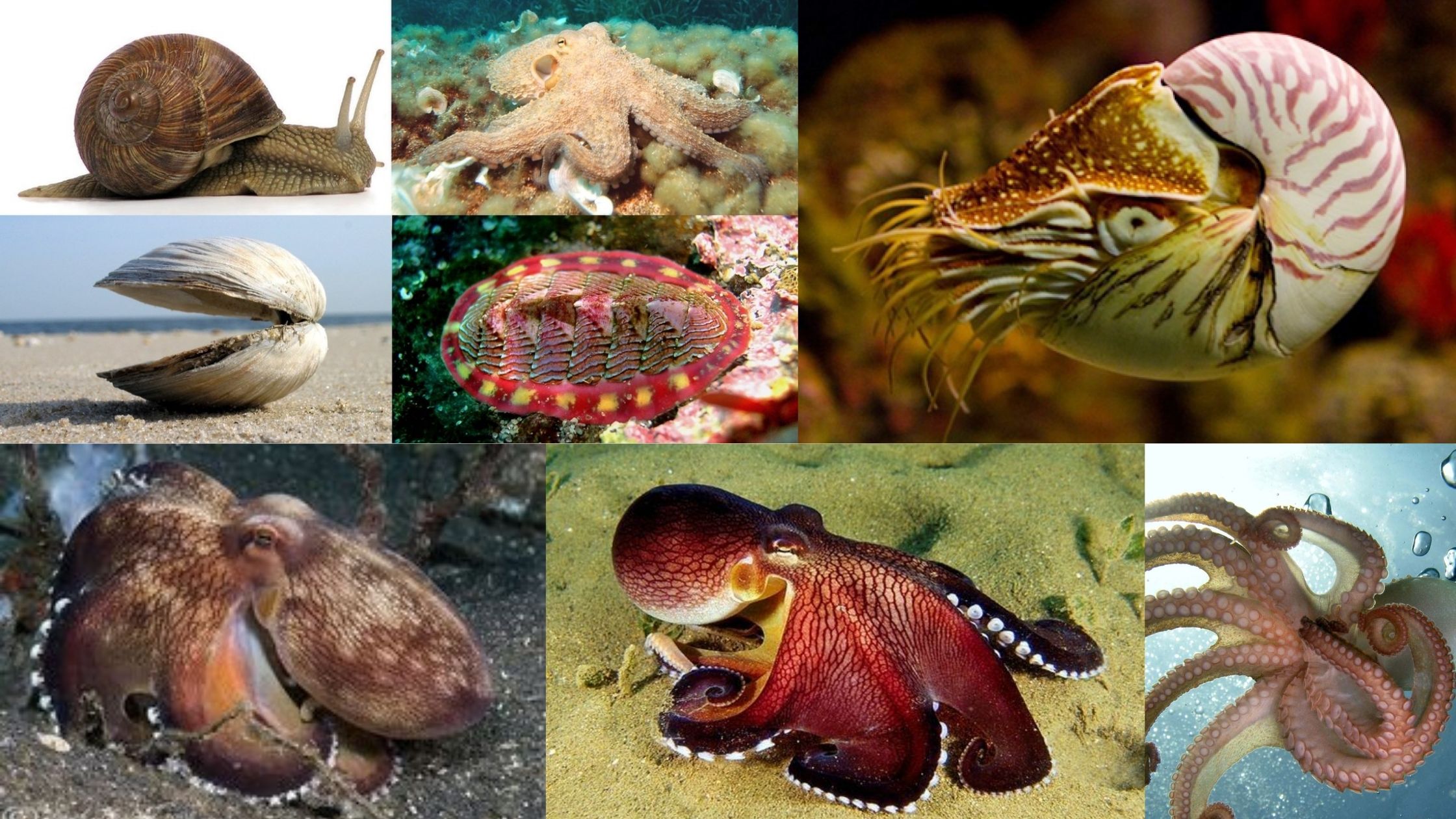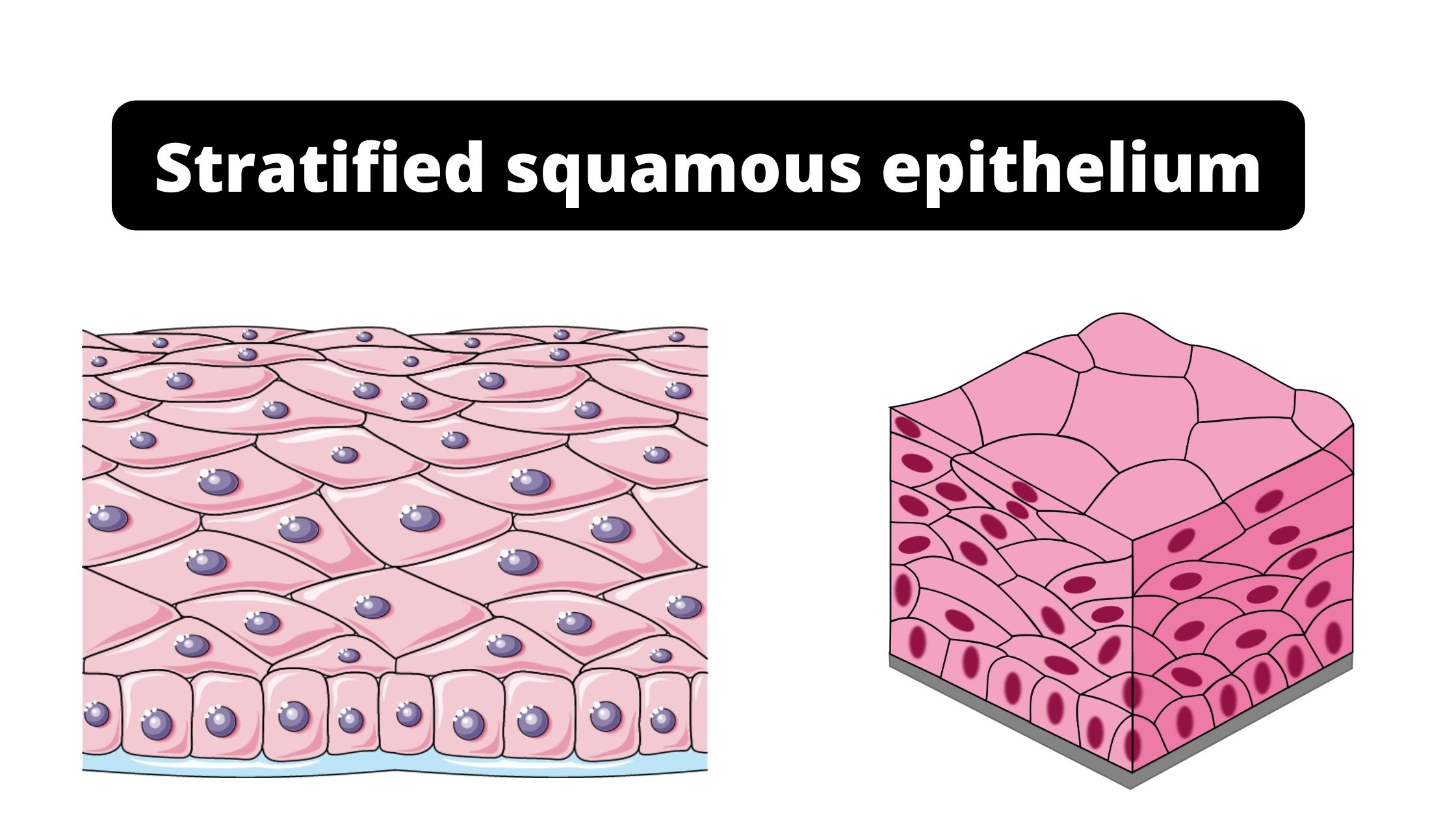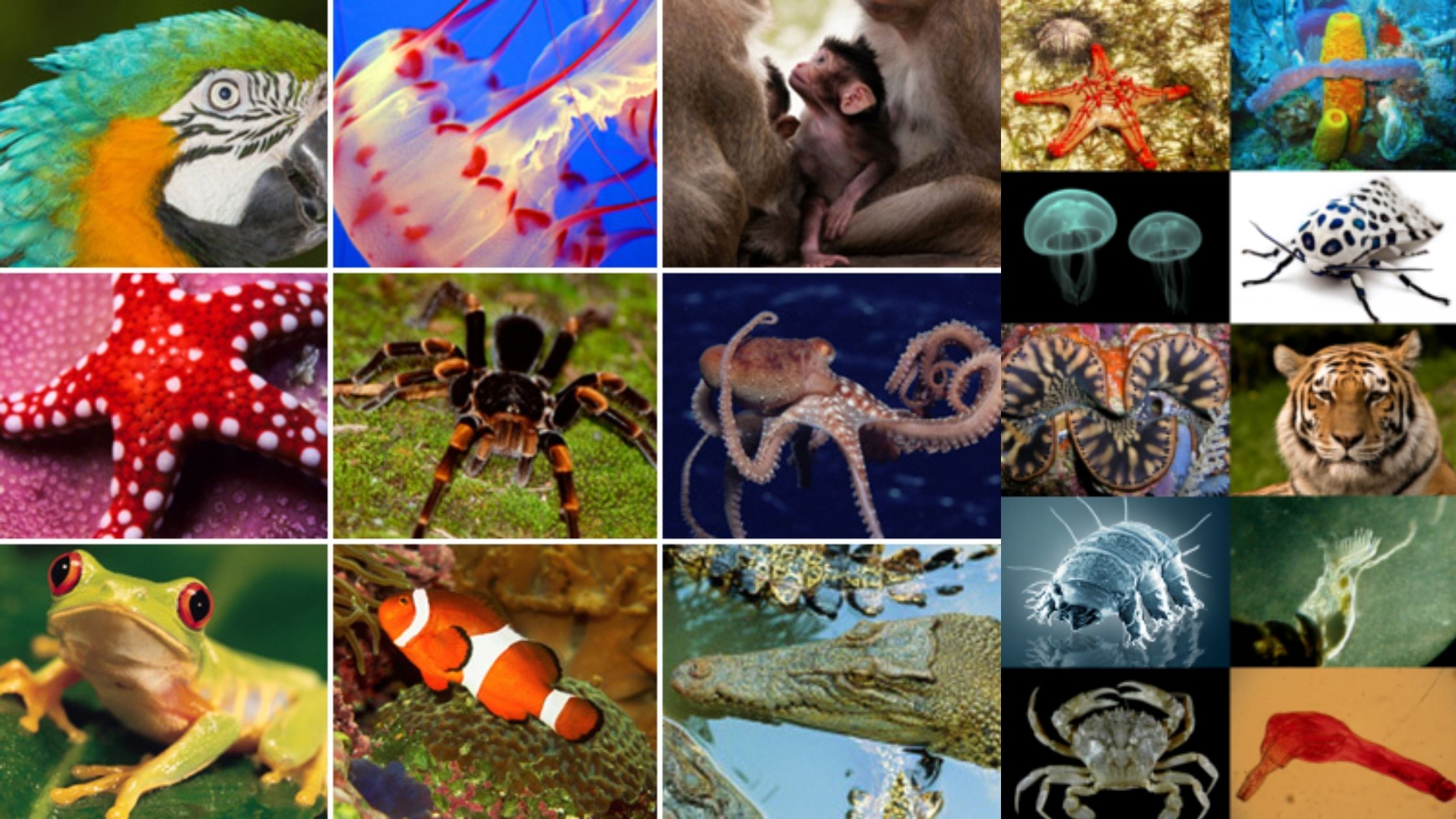Tools and Techniques Used in Research
Research plays a crucial role in advancing knowledge and understanding across various fields, from science and medicine to social sciences and humanities. To carry out effective research, researchers employ a wide array of tools and techniques that enable them to collect, analyze, and interpret data in order to address research questions and achieve their objectives. … Read more



